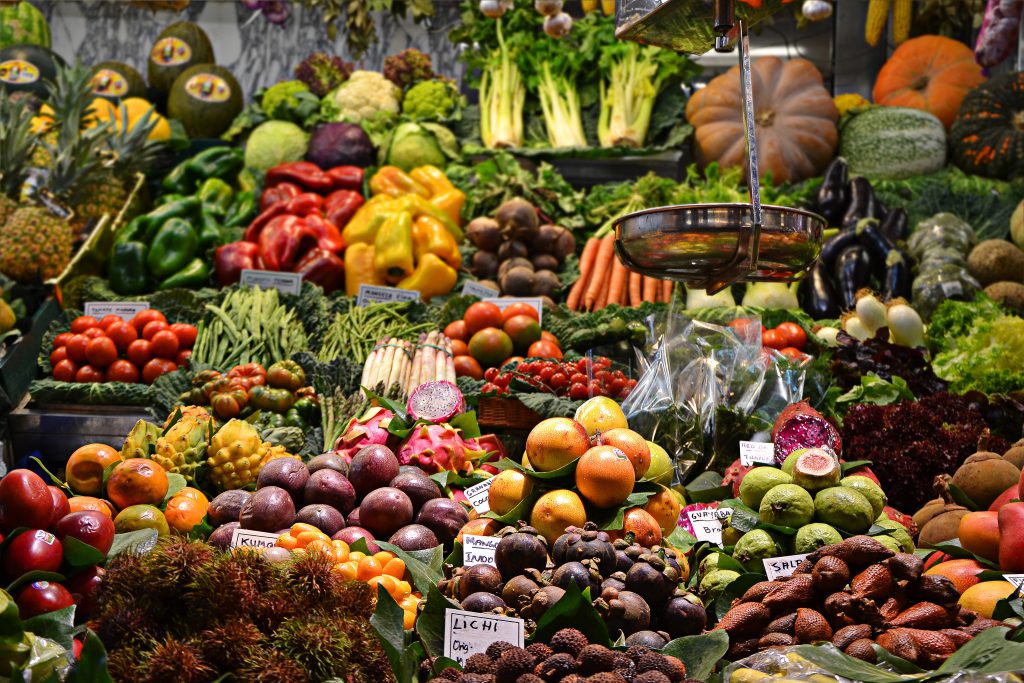
Can I Really Make A Living By Farming?
One of the most idealistic, romantic ways to make a living is farming. The thought of growing your own fruits, vegetables, and meat is appealing to many, myself included!
Many of you may be thinking of doing this full time, part time, or as a hobby. If done right, it’s still possible to become a farmer, even in today’s economy.
I grew up on a farm back in the 70’s and 80’s (yeah I know, a long time ago:). It was an incredible experience and I loved it! The money wasn’t great back then but it was wonderful being outside in the dirt, exploring, petting farm animals etc. These are some of the best memories of my life.
Times have changed a lot since then. Corporate farming became big business, edging out a lot of the smaller farms all through the country.
But the trend is changing. People are seeking out the smaller farm for their produce, eggs, or meat. They want to know how their food has been grown and, more importantly, that it’s free of chemicals, hormones and the like. Knowing the farm (and farmer) where your food comes from provides a peace of mind many people are looking for.
You don’t need hundreds of acres to make it in farming. Some are making a living with less than 5 acres but, as a general rule, the more land you have the easier it will be to make a living as a farmer.
After researching how much land a person needs to get started in farming, I found there is no clear consensus – there are success stories on as little as 1.5 acres. It really depends on the farmer, what they grow, and how they market their goods.
However – it IS very possible to make a living farming…but it will take a patience, persistence, and a great business plan!
Types Of Farming
There are are a few ways to make money in farming. You can grow crops, raise farm animals (for meat, wool, milk, eggs etc.), or a combination of both.
GROWING CROPS
Depending on where you live and how much land you have will determine what you’ll grow. Fruits and vegetables, mushrooms, nuts, flowers, plant starts, seeds, spices, to name a few.
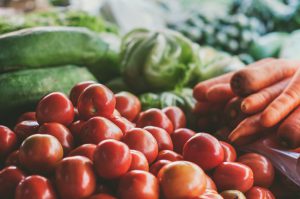
These are just a few examples of what can then be sold at farmer’s markets, local stores, roadside stands, or directly from your farm (urban or rural).
Others start a CSA (Community Supported Agriculture) and sell their products to members who pay for a yearly membership. (more on this below)
Some farmers take some of the work out of it by having customers pick the fruit or veggies themselves.
RAISING FARM ANIMALS
There are a lot of animals that can be grown for meat on a family farm: cattle, pigs, sheep, goats, rabbits, chickens, ducks, to name a few of the most common.
Some of the above animals can be dual purpose animals. For example, sheep can be used for wool and for meat. Chickens can be raised for eggs and/or meat. Cattle can be raised for beef and/or milk.
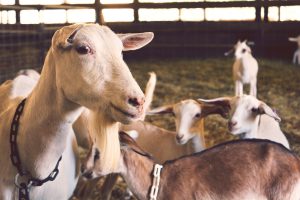
As in raising crops, the more land you have the more animals you can raise. For instance, it’s estimated that to raise grass fed cattle, you’ll need an acre per head.
You can buy more cattle but then you’ll be buying hay or grain to feed them to supplement, which costs money and cuts into your profits.
However, it doesn’t take nearly as much acreage to raise chickens or pigs. Pigs can easily get by on a small penned off area where they can rut and roll in the mud. And they can be fed your vegetable scraps every day!
Chickens are easy to raise but must be fed a specially formulated chicken feed for egg or meat production. This can be bought at local farm stores and, with a little research, you may find a source who can sell it to you in bulk. Chickens are one of the easiest to raise because they aren’t very big, are low maintenance and can be used for eggs or meat.
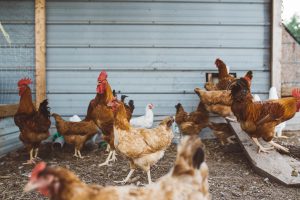
For information on raising chickens, building a coop and more, get the full scoop here.
I’ve raised chickens myself – we had up to 60 hens per year and sold eggs at a roadside stand. At the time we weren’t in it to make a living, but simply did it as a hobby and to reduce taxes on our 2.5 acres.
We more than broke even every year and could have made more money had we wanted to get more serious about it.
The Hard Part – How to Market Your Products
As in any business, the “making money” part is the hardest and farming is no exception. It’s fun to grow those veggies and raise those pigs, but it can be difficult to market them and bring in enough money to make a living.
Research Research Research! There are so many different ways to market your goods but you’ll have to decide what suits your situation best. A few examples of ways to make money from your bounty are listed below. You’ll want to employ a number of these in order to reach a greater audience!

Roadside Stands – easy to run and maintain. Just put out your fresh eggs, fruits, produce, flowers, honey, milk, meat or whatever you’re selling.
CSA (Community Supported Agriculture) – These are common near urban areas where people don’t have the ability to raise their own food but still want to purchase farm fresh foods.
Farmers Markets – These are common everywhere. You can reserve a booth at several of these all throughout the region you live.
U-Pick: This takes some of the work out of it for the farmer and people often enjoy picking out their own fruits and vegetables.
Craigslist – FREE advertising for your farm!
Online Farm Classifieds – Start A Facebook group and tell all your friends and family.
Build a Website – take advantage of the internet! The vast majority of your customers will be local but you can point them to your website where you can describe what you grow, how you grow it, what products you sell.
Include a few pics of your farm, the plot of land your using to grow your produce, your pets etc. People LOVE seeing this and it can help to improve your base of customers.
You don’t need to know all the technical aspects of web design any more as there are templates already for you to use. Just plug in what you want to write and a few pictures and you’re all set!
For information on building a free WordPress website, check this out. There’s great tech support as well if you need help setting it up – great for the folks who, like me, aren’t real tech savvy:)
Where To Get More Information
County Extention office – Call your local county extension office. I’ve done this countless times and they are a wealth of FREE information! They can let you know what type of soil you have and what types of crops grow best in it.
They can also provide information on local resources to market your farm fresh goods, and if you can qualify for tax deferrals. Yes you read that correctly – you may be able to reduce some of your tax burdens by having your own farm! Each county can be different on how it’s set up so give them a call and see if that’s something available where you live.
Books – There are hundreds of books on farming out there. I can only vouch for the books by Joel Salatin books (there are several) and they are an excellent resource.
USDA (US Department Of Agriculture) – I wouldn’t normally endorse a government website but this site is a winner! It discusses all the ins/outs of setting up a modern day farm and, more importantly, has a list of great resources that new farmers can use – great stuff.
How To Get Started
Depending on your resources (land, money, knowledge) and the level of experience you have in farming, you may want to get started part-time. That way you keep the security of your full time job and benefits while you learn the ropes and decide if it’s for you!
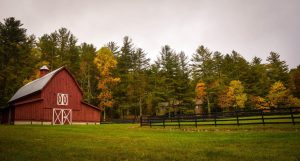
There are many people who have the romantic view of farming but once they have to start doing the work and putting in the long hours, the warm fuzzy romanticism wears off.
But if you have a passion for the lifestyle farming provides and want to make a go of it full time, I wish you the best of luck! It’s totally possible. Before getting started (part time or full time), write up a business plan and consider the following :
- How much land do you have?
- What do you want to raise on your farm?
- How will you market your goods?
- Have you estimated taxes?
- How much equipment will you need to buy? (tractor, implements, tools, sheds, building supplies, feed, seed etc)
- Are you ready for long hours? Whether you farm full or part time, you will have to put in some long days at times.
- Are you OK with unpredictable growing seasons? Farmers are at the mercy of Mother Nature – hail, high winds, drought etc. all can take out your crops.
Final Thoughts
I hope you’ve gotten a few ideas here that will help you in your quest to start a farm! It’s a very fulfilling life. For more information on ways to become self employed, check out the rest of my site here.
Thanks for stopping by – please leave a comment if you’re thinking of trying farming as a way to make a living. Add your experiences – we can learn a lot from each other!

